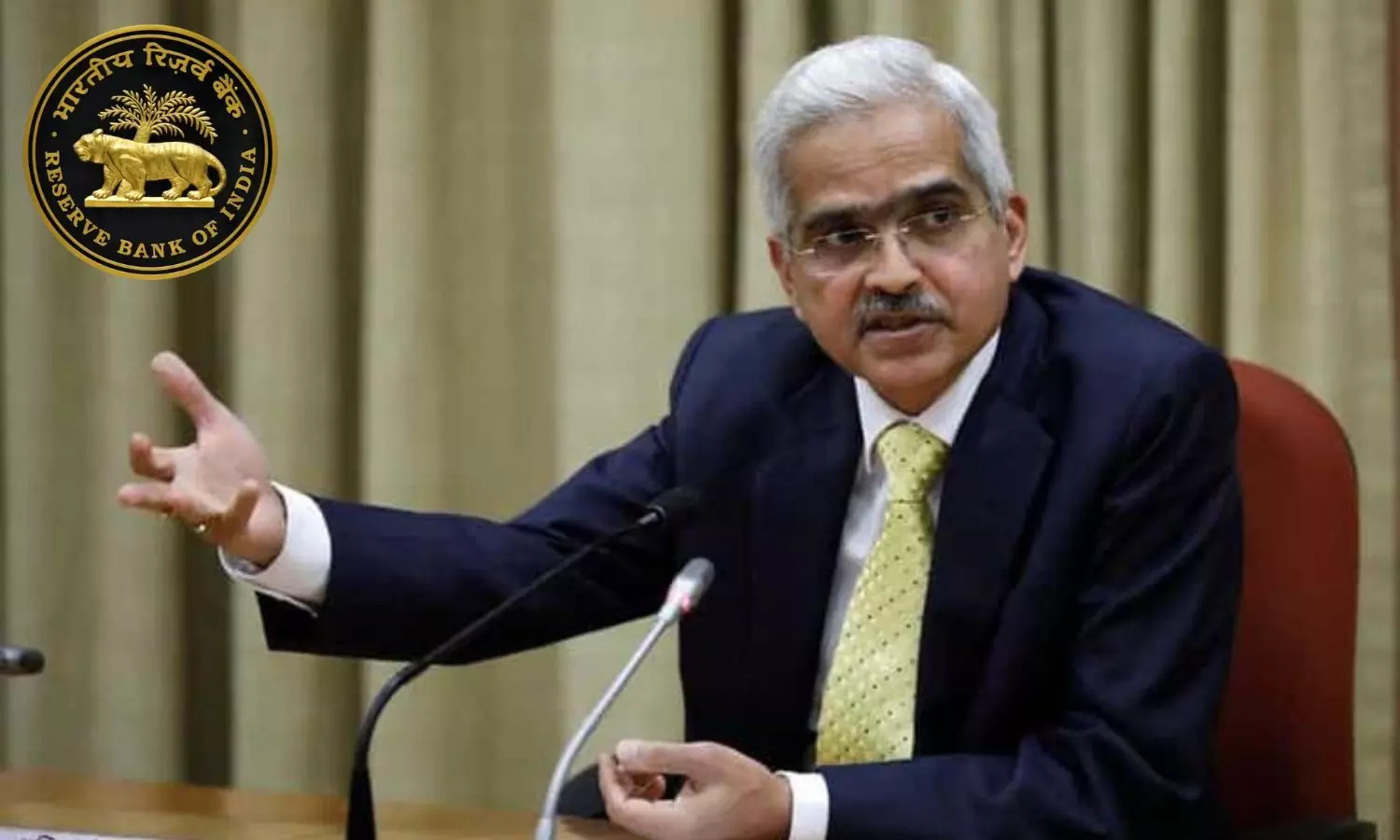RBI Cuts Repo Rate by 25 bps Amid Trump Tariffs, GDP at 6.5%
RBI slashes repo rate to 6% as global trade tensions rise. FY26 GDP revised to 6.5%, inflation pegged at 4%. Real estate sector welcomes the move.
image for illustrative purpose

The Reserve Bank of India (RBI) on Wednesday lowered the policy repo rate by 25 basis points during its Monetary Policy Committee (MPC) meeting, bringing the rate down to 6 per cent. The rate cut comes as global economic conditions remain uncertain following the implementation of new tariffs by U.S. President Donald Trump.
RBI Governor Sanjay Malhotra announced the decision shortly after the U.S. imposed 26 per cent reciprocal tariffs on Indian goods, which took effect minutes before the policy address. The central bank also revised its stance from 'neutral' to 'accommodative,' signaling the possibility of further rate reductions to support economic activity.
This is the second consecutive rate reduction by the RBI in 2025, following a 25 bps cut in February. The move aims to stimulate domestic growth, particularly as external trade pressures mount and inflation trends lower.
The RBI has revised its inflation forecast for FY26 to 4 per cent, down from the previous estimate of 4.2 per cent. A combination of falling crude oil prices and improved agricultural output contributed to the decision. According to the central bank, the Consumer Price Index (CPI) headline inflation dropped significantly in early 2025, falling from 5.2 per cent in December 2024 to 3.6 per cent in February.
Food inflation also eased, with vegetable prices showing strong seasonal corrections, leading to a 21-month low of 3.8 per cent in February. The central bank highlighted the need to maintain price stability while boosting demand.
India's GDP growth projection for FY26 has been revised to 6.5 per cent, down from the earlier estimate of 6.7 per cent. Malhotra cited the global tariff environment and domestic investment patterns as key factors for the adjustment. However, he noted that investment activity is gaining momentum and capacity utilization remains on an upward trend.
Developers and housing finance experts welcomed the rate cut, stating it would lower borrowing costs for homebuyers and spur demand in the real estate sector. Industry stakeholders said the back-to-back rate reductions are likely to encourage fence-sitters to enter the housing market and help developers with financing new projects.
Samir Jasuja of PropEquity noted that post-COVID housing prices had surged nearly 50 per cent, making the current rate environment favorable for borrowers. Others highlighted that reduced home loan rates, especially in metro cities, would improve affordability.
Economists expressed concern over the potential inflationary and recessionary impacts of the Trump tariffs, warning they could raise costs and lower demand. The RBI acknowledged that merchandise exports might face headwinds due to the ongoing trade conflict.
The RBI did not provide clear guidance on liquidity management but stated that future decisions would depend on evolving global and domestic conditions. The central bank reaffirmed its commitment to maintaining financial stability while promoting sustainable growth.
Ahead of the policy announcement, Indian markets opened lower as global equities reacted to the new U.S. trade measures. The Sensex fell 123 points while the Nifty 50 dropped 75 points in early trade.
With geopolitical tensions and monetary policy shifts dominating headlines, analysts believe the RBI's accommodative stance will be closely watched in the coming quarters as the global economy adjusts to new trade dynamics.

